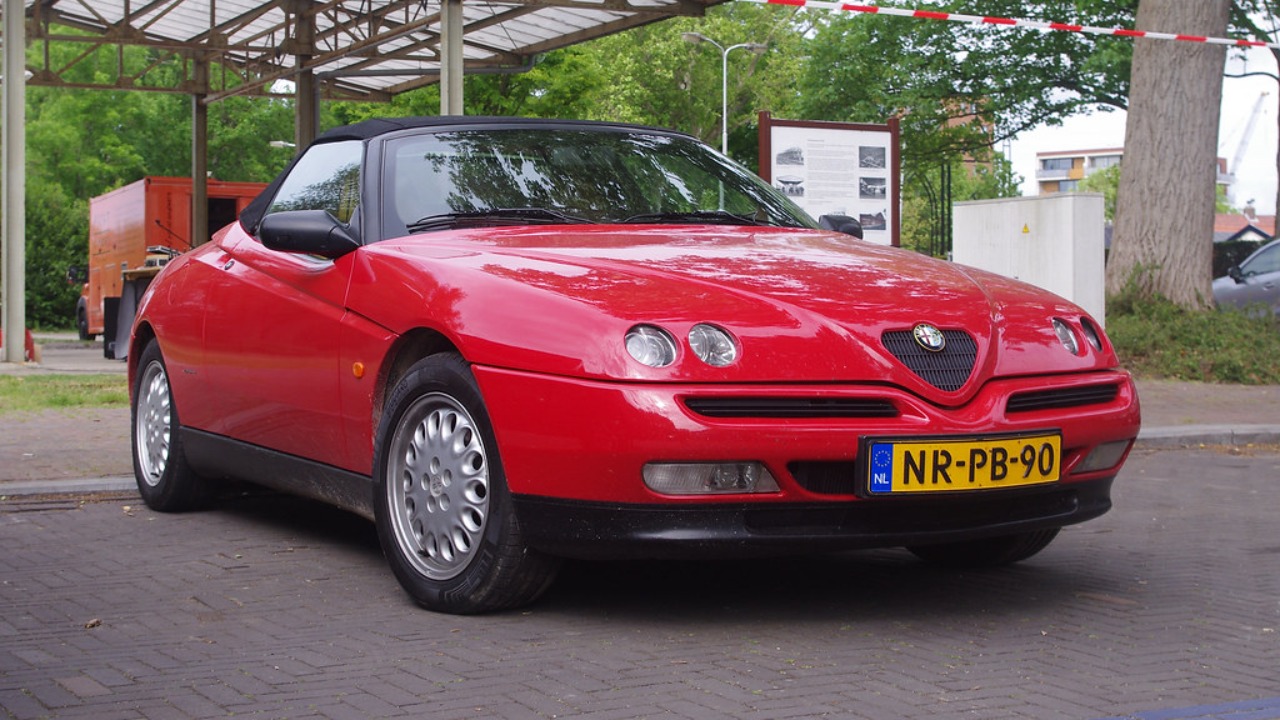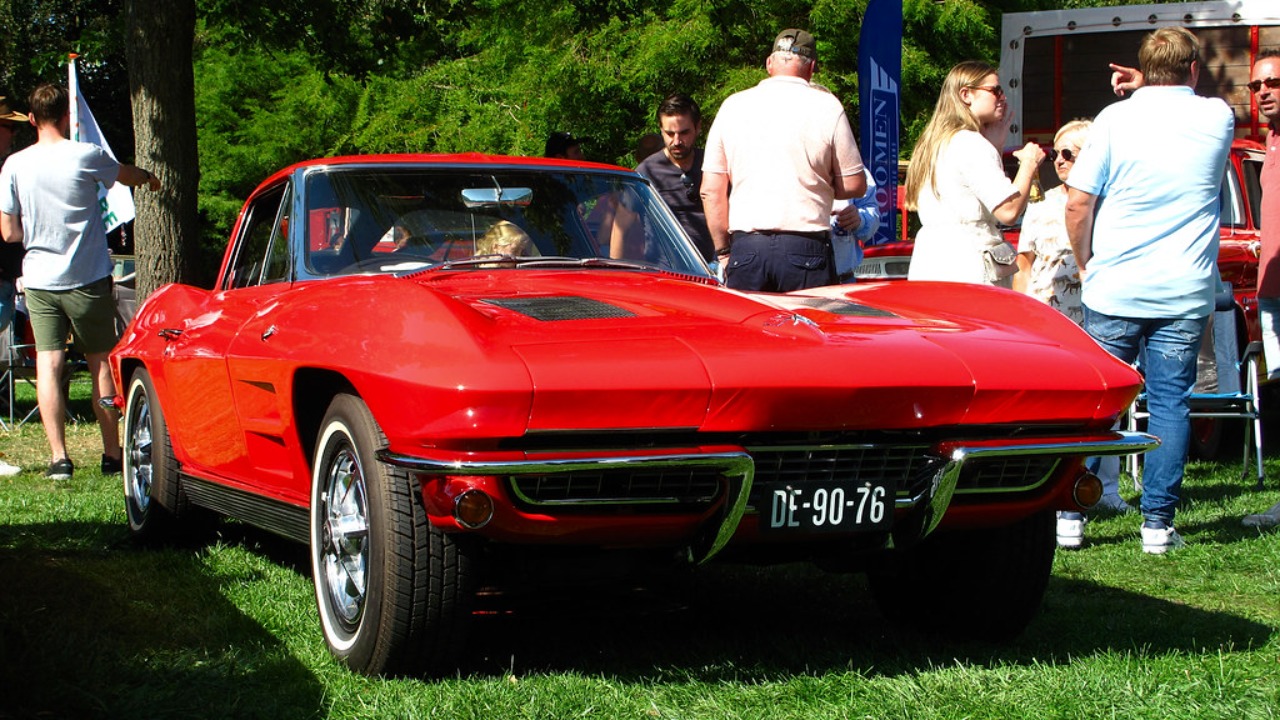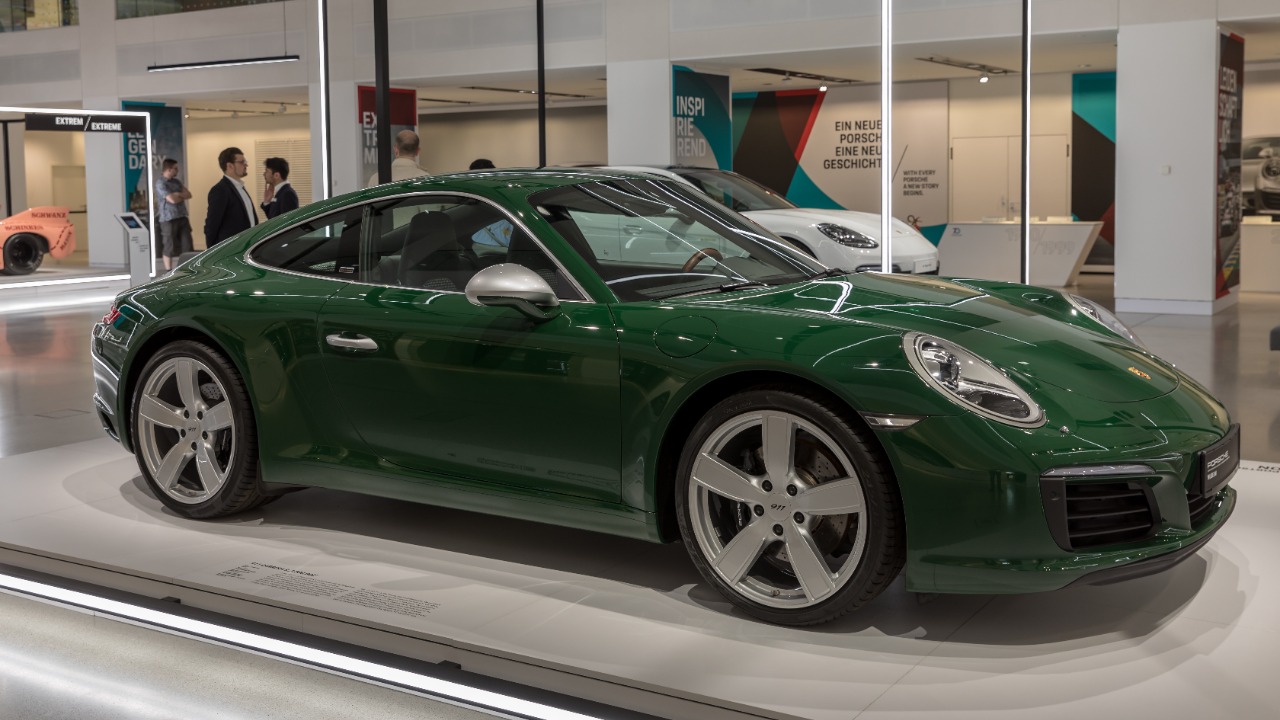In the pursuit of automotive excellence, many enthusiasts turn to modern tuning software to extract every ounce of performance from their vehicles. This software not only enhances engine output but also optimizes various components, unlocking hidden horsepower that manufacturers often leave untapped to meet regulatory and reliability standards.
The Evolution of Tuning Software
The evolution of tuning software marks a significant shift from traditional mechanical methods to the sophisticated digital solutions that are prevalent today. In the past, tuning a car like the 1998 Honda Civic involved physically changing parts like carburetors and distributors to adjust performance. These mechanical tweaks required in-depth mechanical knowledge and were often a trial-and-error process. Today, however, the transition to digital tuning has made it possible to achieve more precise and reliable results by simply connecting a laptop to the car’s onboard computer.
At the heart of modern vehicles, such as the 2020 BMW M3, is the Engine Control Unit (ECU), which serves as the brain of the car. The ECU manages engine functions by interpreting data from various sensors, making it a focal point for tuning efforts. By accessing the ECU, enthusiasts can modify engine parameters to achieve desired performance outcomes. This shift from mechanical to digital tuning has opened up a world of possibilities, allowing for intricate adjustments that were previously unimaginable.
Advancements in software technology have further enhanced tuning capabilities. With improvements in software algorithms and computing power, tuning software can now offer more precise control over a vehicle’s performance. For instance, using platforms like HP Tuners, car owners can adjust timing, fuel mixture, and boost levels with incredible accuracy. This level of control not only makes vehicles faster but also enhances drivability and efficiency.
How Tuning Software Works
To understand how tuning software works, one must first grasp the concept of engine maps. Engine maps are essentially data tables that the ECU uses to control engine functions under various conditions. Tuning software manipulates these maps to enhance performance. For example, in a 2015 Ford Mustang, the software can adjust parameters such as air-to-fuel ratio and ignition timing to increase horsepower and torque.
The process of reflashing the ECU is a critical step in tuning. Reflashing involves overwriting the factory settings in the ECU with new parameters optimized for performance. This involves connecting the vehicle to a computer, uploading the new software, and testing the results. While the process may sound straightforward, it requires precision and expertise to avoid potential issues.
Data logging and analysis play an essential role in the tuning process. By collecting data during different driving conditions, tuners can analyze how the vehicle performs and make informed adjustments. This is particularly important when tuning high-performance vehicles like the 2022 Porsche 911, where even minor tweaks can have significant effects. Data logging ensures that the vehicle runs smoothly and efficiently after modifications.
Benefits of Tuning Software
One of the primary benefits of tuning software is the increase in horsepower and torque. For instance, a 2016 Chevrolet Camaro can gain significant performance improvements through effective software tuning. By optimizing engine parameters, tuning software can unleash hidden horsepower, providing a more exhilarating driving experience.
Apart from boosting performance, tuning software can also improve fuel efficiency. This might seem counterintuitive, but by optimizing the engine’s operation, the vehicle can achieve better fuel economy. Owners of a 2019 Toyota Prius, for example, can enhance fuel efficiency by adjusting engine maps to suit their driving habits, resulting in savings at the pump.
Another significant advantage of tuning software is the customization and flexibility it offers. Enthusiasts can tailor performance characteristics to suit their individual driving styles and needs. Whether it’s for daily commuting or track days, vehicles like the 2021 Subaru WRX can be tuned to perform optimally in different scenarios, providing a personalized driving experience.

Potential Risks and Considerations
While tuning software offers numerous benefits, it also comes with potential risks and considerations. One major concern is the impact on vehicle warranty. Many manufacturers, including brands like Audi, may void warranties if they detect modifications to the ECU. It’s crucial for vehicle owners to understand these implications before proceeding with any tuning.
Legal and environmental concerns are also important factors to consider. Modifying vehicle software can lead to non-compliance with emissions regulations, which is illegal in many regions. For instance, tuning a 2018 Volkswagen Golf to exceed emission standards could result in hefty fines and legal repercussions. Therefore, it’s vital to ensure that any modifications are within legal limits and environmentally responsible.
The importance of professional tuning cannot be overstated. While DIY tuning kits are available, having a professional perform the modifications ensures optimal results and minimizes the risk of damage. Experienced tuners are knowledgeable about the intricacies of vehicles like the 2023 Tesla Model S and can make precise adjustments that maximize performance without compromising reliability.
The Future of Tuning Software
The future of tuning software is promising, with exciting developments on the horizon. As automotive technology evolves, tuning software must integrate with emerging technologies like electric and hybrid powertrains. For instance, the 2025 Ford F-150 Lightning, an all-electric truck, presents new opportunities for tuning software to enhance performance without the traditional combustion engine.
Artificial intelligence (AI) and machine learning are poised to revolutionize tuning processes. These technologies can analyze vast amounts of data quickly and accurately, allowing for more precise tuning adjustments. As AI becomes more prevalent, tuning software will be able to offer real-time optimizations, continuously improving vehicle performance.
Sustainability and eco-friendly tuning solutions are also gaining traction. As the automotive industry moves towards greener technologies, tuning software must adapt to balance performance with environmental responsibility. This trend is evident in vehicles like the 2024 Hyundai Ioniq, where tuning software can optimize battery management and energy efficiency, contributing to a more sustainable future.
More from Fast Lane Only:
- Unboxing the WWII Jeep in a Crate
- The Fastest Farm Truck Ever Built
- 10 Old Trucks That Were Built Like Tanks
- 12 Classic muscle cars still within reach for budget buyers
*Created with AI assistance and editor review.







Leave a Reply